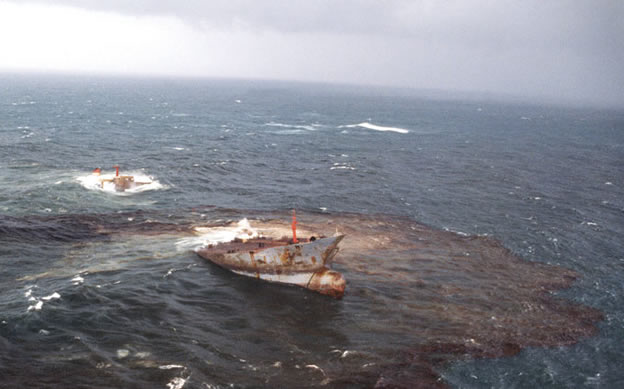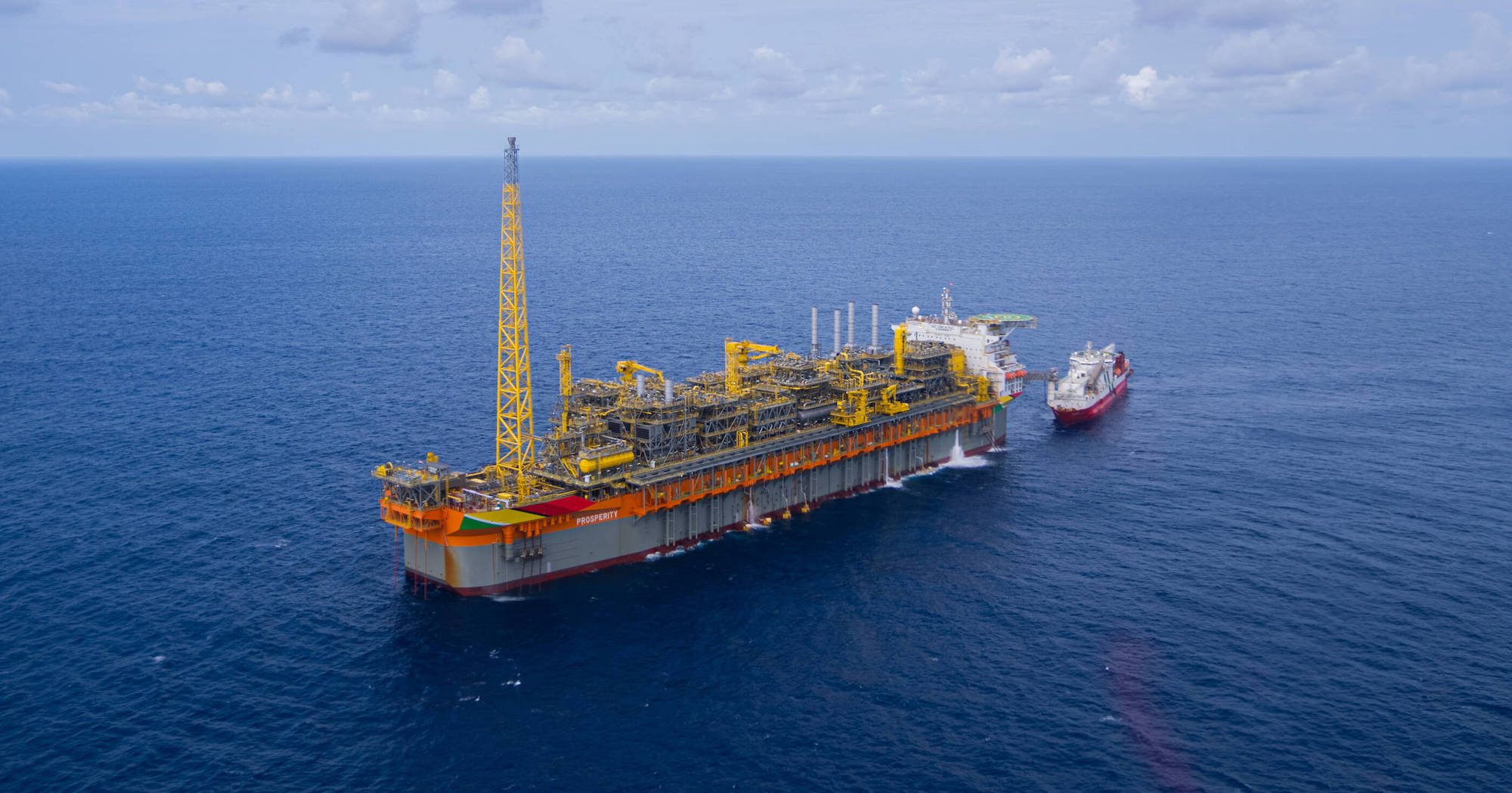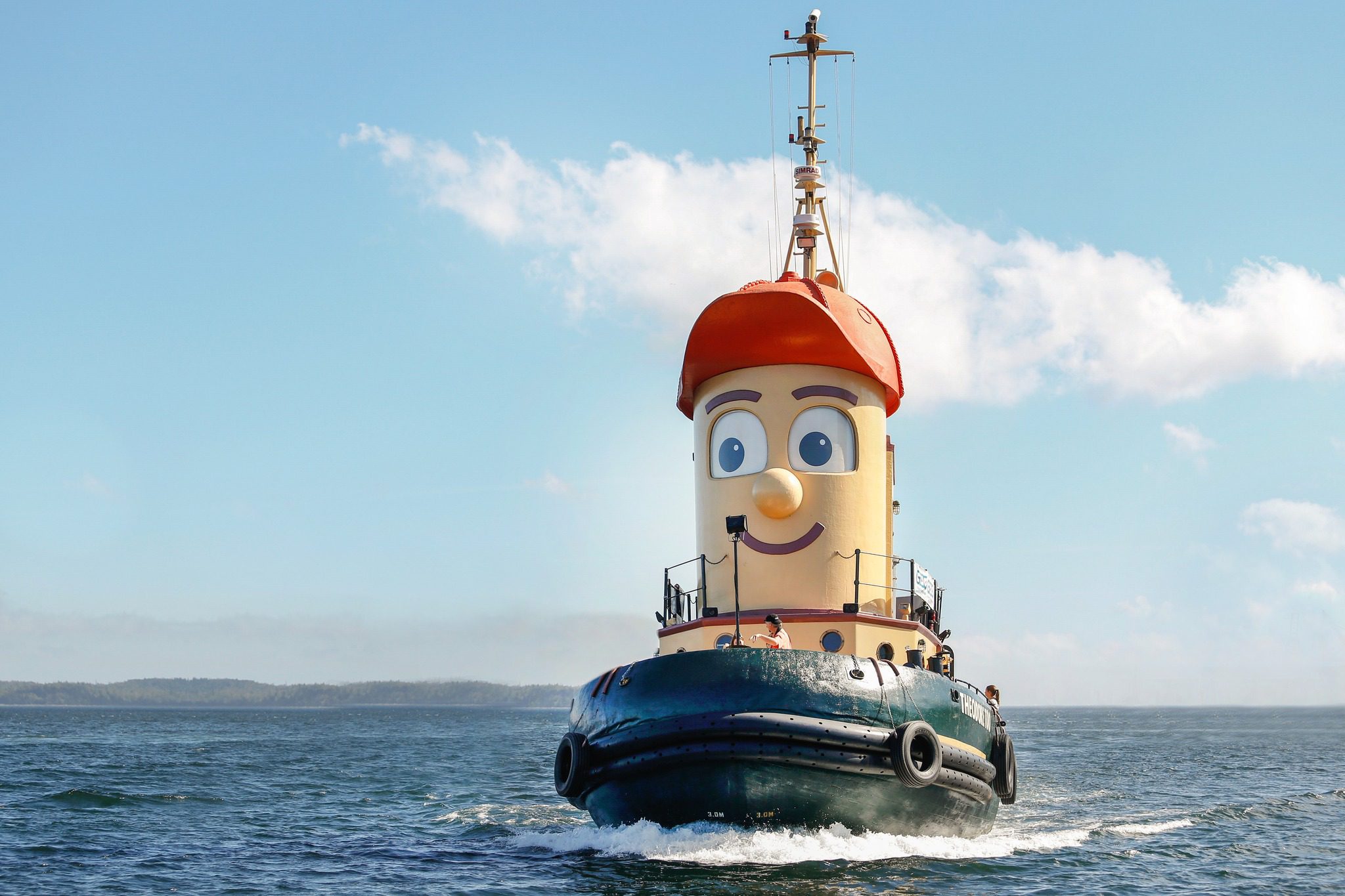B.N.A.W.S., or “Bridge Navigational Watch Alarm System” is a system that will be phased in onboard ships in the coming year(s).
The system was proposed to IMO by Denmark. Denmark already had national legislation on watch alarms, since the M/V Karen Danielsen crashed into the Great Belt bridge in 2005. This too was caused by -amongst others- fatigue.

M/V Karen Danielsen after her crash with Great Belt bridge, Denmark.
IMO agreed on the idea, set up a time schedule for phasing in BNWAS, and wroteperformance standards for the system.

BNWAS is -basically- a watch alarm system that requests bridge watchkeeping crew to periodically push a button; if not an alarm is triggered in the cabins of deck officers, and the captain.
BNWAS is aimed to detect inability of the watchkeeping crew on the bridge of a vessel.

Example of a Navitron BNWAS bridge panel; the captain switches on the system with a key. The system requests (with a prte-alarm) the OOW to reset button every cycle (here: preset to 10 minutes). If there follows no operator feedback, alarms will sound in cabins of other crew, captain, and finally, throughout the whole accomodation. Some systems use motion sensors to reset the timer.
BNWAS is a piece of kit that may facilitate single-handed watchkeeping, and it may be perceived by many ashore as a quick-and-easy fix of fatigue problems.
“Watchkeepers falling asleep ? Put a buzzer beside them to keep them awake.”
A modern bridge is already overflowing with alarms and buzzers; all frittering away the watchkeeper’s attention, distracting from his main task. A system equipped with motion sensors is much less intruding. (But some flagstates refuse motion sensors.)
BNWAS is no magic potion: it will do nothing for the tired watchkeeper; to help him avoid “a succession of quite simple and small errors“, the chain of errors than can lead to a catastrophe. It does not guarantee that a watchkeeper is mentally fit. Ships fitted with watch alarms have already crashed into islands, coral reefs, the works.
BNWAS is not adressing the real problems in the shipping industry, like undermanning, proper hours of rest, etc…
Watchkeepers can become unable for a number of reasons; not only sleep. A watch alarm is an extra safety net, to warn others onboard about a disabled watchkeeper.(Beware
And that is, in some situations, enough to save the day, without prejudice.

Containership “Alvastar” smashes into a Greek island, november 2006. Probably the most embarassing grounding ever.
This article was written by Marc Van de Velde and originally posted to The Art Of Dredging Blog.

 Join The Club
Join The Club















